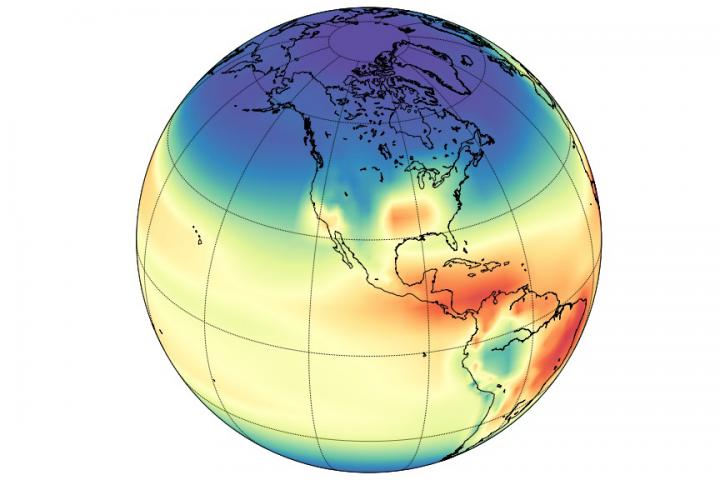And it would have started long before then, if the methane were linked to global warming by frozen tundra melting and releasing its methane. But it wasn't detected.
A team in England has found a way to bring those together - and it can't be refuted, because they use the global concentration of the hydroxyl radical, which cannot be measured. It can instead be inferred from a proxy. Professor Ron Prinn from the Massachusetts Institute of Technology, who co-authored a recent paper on it in Proceedings of the National Academy of Sciences, says,"We have been monitoring trends in the methyl chloroform for nearly 40 years because of its role in depleting stratospheric ozone. Because methyl chloroform is now banned under the Montreal Protocol for the Protection of the Stratospheric Ozone Layer, we've see its concentration drop very rapidly. We can examine how this rate of decline changes from one year to the next to infer the hydroxyl radical concentration."

A graphical illustration of potential hydroxyl radical concentration in the atmosphere. Credit: University of Bristol
The hydroxyl radical destroys methane in the atmosphere. The authors like their method because a change in the hydroxyl radical concentration would be a neat explanation because it would mean that emissions may not have increased suddenly in 2007, after natural gas fracking became popular, but rather, had risen more gradually over the last couple of decades.
There's just one concern. Are their measurements accurate? Since being banned globally in 1989, there are no emissions of this substance at all. However, they are still detecting it. Which means someone large is still emitting enough to impact worldwide measurements and keeping it hidden, or their measurements are not valid.
The authors acknowledge that is not the only big confounder. The method may be wrong. "Whilst there are strong hints in our study that hydroxyl radical changes could be playing a significant role in the fluctuations in methane growth, our uncertainties are very large."





Comments